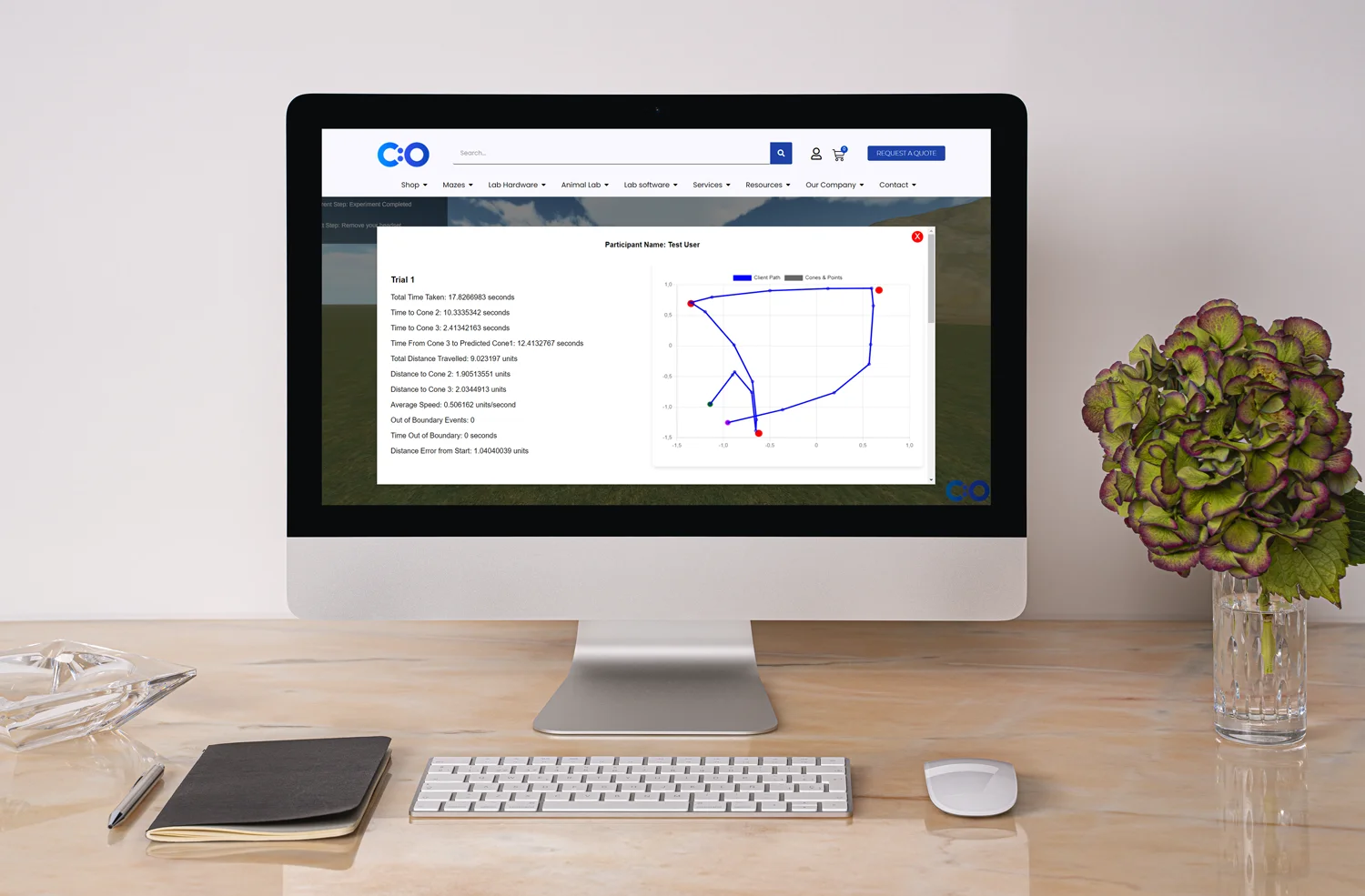

Reviewing the literature is a challenging step which researchers need to take on the journey to success. A literature review is not just an empty box on a study protocol that needs to be ticked off. It’s not a boring pile of articles that need to be summarized either. Reviewing the literature can help experts understand the topic of interest and justify the need for their study.
Note that there are different types of publications. There is primary literature, which consists of original materials in peer-reviewed journals, conference papers, and reports. Secondary literature, on the other hand, consists of interpretations and evaluations of the primary source literature, such as review articles, meta-analyses, systematic reviews, and references. Last but not the least, tertiary literature is like a collection of primary and secondary sources, such as textbooks, encyclopedias, and handbooks (“Types of medical literature”).
When it comes to calculating the In general, the sample needs to be big enough to guarantee the generalizability of results, and small enough to answer the research questions via the research sources available (Peat, 2011). However, calculating the sample size is always prone to errors, as explained above. In fact, calculating the sample size is a subjective process. For example, in large samples, some outcomes may appear statistically significant, while in clinical settings, they are unimportant. On the other hand, small samples may reveal some important clinical differences, which due to the small sample size do not show any statistical significance.
Experts need to be familiar with such issues to avoid them. In fact, the problems presented above are known as oversized and undersized studies and clinical trials. What’s more, when the study is oversized, type I error may occur. Type I error is defined as the wrong rejection of a true null hypothesis. To be more precise, this happens when the null hypothesis is true, but researchers reject it and accept the alternate one, which is the hypothesis explored by their team. Thus, oversized studies may waste resources and become unethical due to any excessive enrollment of subjects. On the other side, when the study is undersized, both type I and II errors may occur. Type II error is defined as the inability to reject a false null hypothesis. In other words, researchers may fail to reject the null hypothesis, which is untrue when compared to the alternate hypothesis. In fact, a small sample will often lead to inadequate statistical analyses. Undersized studies may also become unethical – simply because they won’t be able to fulfill the research goals of the study (Peat, 2011). Note that when sampling errors occur, it’s better to terminate a study rather than waste resources or mislead subjects.
Since the main goal in medicine is to provide clear information about medical practices and patient care, medical literature is a source of knowledge and expertise. At the same time, the load of articles is increasing rapidly, so it’s hard to track accurate and relevant literature. Thus, critical appraisal of literature can help experts distinguish quality data from flawed experiments, which can mislead and harm evidence-based practice (Umesh et al., 2016).
Therefore, apart from designing a sophisticated study design and applying accurate research methods, critical appraisal skills are crucial for success.
Critical appraisal is defined as the application of various scientific rules to assess the validity of a study and its findings. In other words, critical appraisal is the evaluation of the scientific merit of a medical study (Peat, 2011).
The most important step during any critical appraisal is to identify if the relationship between variables is causal or due to other effects, such as confounding, bias, or chance. What’s more, the following steps are paramount to deciding: 1) if a medical article is a valuable source of information; 2) if the employed research methods are valid, and 3) if the literature evidence is enough in order to implement changes in clinical practice (Peat, 2011):
A critical appraisal can help researchers prioritize medical research and justify the need for a new study or intervention. In case experts identify poor practices with poor efficacy and effectiveness, the gaps in knowledge should be addressed. Consequently, more rigorous studies should be designed and conducted.
Note that peer review is also a valuable aspect for any successful critical appraisal.
Systematic reviews are also fundamental in medicine. They are defined as the procedure of selecting and combining the evidence from the most rigorous studies available (Peat, 2011). Often narrative reviews and editorials offer literature that supports the researcher’s point. However, systematic reviews that include all relevant studies and meaningful results should be presented.
Just as with critical appraisal, a checklist is also available to help experts. After articles have been selected, their results can be combined via a meta-analysis and a combination of odds ratios. Note that systematic reviews are not necessarily limited to randomized controlled trials.
The Cochrane Collaboration is an important part of the assessment of systematic reviews. In fact, this is the gold standard for assessing evidence for healthcare and practice. Up-to-date reviews of trials can save lives. It’s not surprising that the Cochrane collaboration helps volunteers submit reviews and promote high standards in systematic reviews and practice. This approach also aims to: address specific health problems, train experts to avoid duplication, teach efficient search strategies, and support meta-analyses (Peat, 2011).
Thus, the Cochrane collaboration has become an international network, with centers, books, and programs all over the world. Note that reviews are incorporated into the Cochrane Database of Systematic Reviews and the Cochrane Library. There are strict guidelines, of course, to establish rules and avoid duplication. The Cochrane structure compromises of review groups, methods working groups, and centers. We should mention that the review group is a network of experts interested in a topic, that provide their own funding. Anyone can reach a review group, submit a topic for approval and register their title. Then, a protocol should be submitted; after approval, the actual review can be conducted. Consequently, the group critically appraises the review and publishes the results. An editorial team and method working groups are designed to support the review groups. On the other hand, Cochrane centers manage and coordinate the collaboration of researchers worldwide (Peat, 2011).
Evidence-based practice is another important key to medical success and patients’ well-being. It is defined as patient care which is based on evidence from the best studies available. In other words, evidence-based practice uses the best evidence available to deliver patient care. From assessment to clinical trials, the evidence-based practice emphasizes the importance of knowledge and data. Simply because inaccuracy and ‘maybe’s’ can put patients at risk. Thus, there are strict rules this approach must follow (Peat, 2011):
Note that the Cochrane collaboration can also support evidence-based practice. In fact, journals like Evidence-Based Medicine can provide appraisals of studies and facilitate research. The evidence-based approach can benefit medical prognoses, interventions, hospitalization rates, testing procedures, and new health-related topics. At the same time, experts must consider costs and risks; and most of all, patients’ well-being.
Reviewing the literature is a challenging task which can benefit medical care. To set an example, critical appraisal combats information overload to improve healthcare practices (Al-Jundi et al., 2017). Although reviewing the literature is a time-consuming process, it’s worth it.
Al-Jundi, A., & Sakka, S. (2017). Critical appraisal of clinical research. Journal of clinical and diagnostic research, 11(5).
Peat, J. (2011). Reviewing the literature. Health science research. SAGE Publications, Ltd.
Reviewing the literature: A short guide for research students. Retrieved from https://uq.edu.au/student-services/pdf/learning/lit-reviews-for-rx-students-v7.pdf
Types of medical literature (2018, April 5). Retrieved from http://research.library.gsu.edu/c.php?g=115556&p=752623
Umesh, G., Karippacheril, J., & Magazine, R. (2016). Critical appraisal of published literature. Indian Journal of Anaesthesia, 60 (9), p. 670-673.











Shuhan He, MD is a dual-board certified physician with expertise in Emergency Medicine and Clinical Informatics. Dr. He works at the Laboratory of Computer Science, clinically in the Department of Emergency Medicine and Instructor of Medicine at Harvard Medical School. He serves as the Program Director of Healthcare Data Analytics at MGHIHP. Dr. He has interests at the intersection of acute care and computer science, utilizing algorithmic approaches to systems with a focus on large actionable data and Bayesian interpretation. Committed to making a positive impact in the field of healthcare through the use of cutting-edge technology and data analytics.
